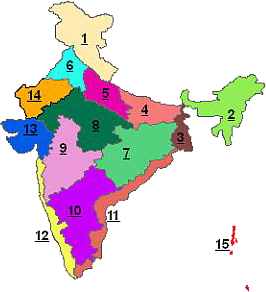Figure 15 – India: Climatic regions according to Koeppen scheme
Koeppen based his scheme of Climatic classification on monthly values of temperature and
precipitation. India’s climate is divided into the following climatic regions:
♤ Monsoon type with short dry season (Amw) – the western coastal region south of Goa experiences this type of climate.
♤ Monsoon type with dry season in summers (AS) – the region of this type of climate extends along the coromandel coast.
♤ Tropical Savannah type (Aw) – almost the entire peninsular region except for some coastal parts experiences this type of climate.
♤ Semi-arid steppe climate (BShw) – this climatic region includes the interior parts of the peninsular plateau and some parts of Gujarat, Rajasthan, Haryana, Punjab and Jammu & Kashmir.
♤ Hot desert type (BWhw) – this type of climate is found only in the western part of Rajasthan.
♤ Monsoon type with dry winters (Cwg) – Largely Northern plains of India experiences this type of climate.
♤ Cold-humid winter type with short summer (Dfc) – this climate of characterized by a short summer season. This region covers the north-eastern parts of India.
♤ Polar type (E) – this type of climate is experienced in Jammu & Kashmir and the neighbouring mountain ranges.
7.1. Agro Climatic Zones of India
The agro-climatic classification is nothing but an extension of the climate classification keeping in view the suitability to agriculture. Generally, the climate types may be distinguished on the rainfall, temperature and as these two characteristics are influenced by altitude, the climate can also be classified on the basis of above three parameters. National commission on agriculture (1971) classified the country into 127 agro-climatic zones. The planning commission, as a result of mid. term appairasal of planning targets of VII plan (1985 - 90) divided the country into 15 broad agro - climatic zones based on physiographic and climate. The emphasis was given on the development of resources and their optimum utilization in a suitable manner with in the frame work of resource constraints and potentials of each region.

